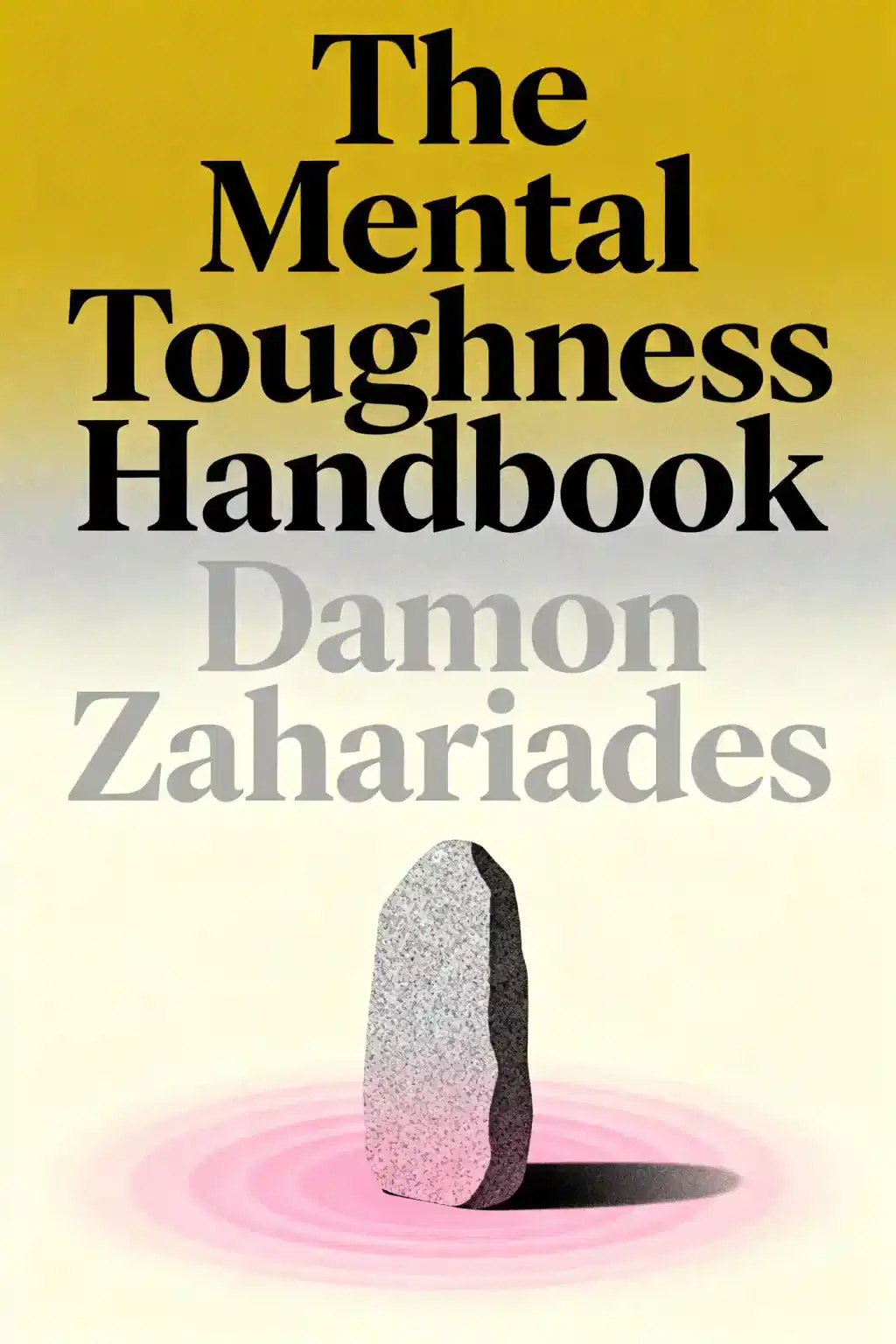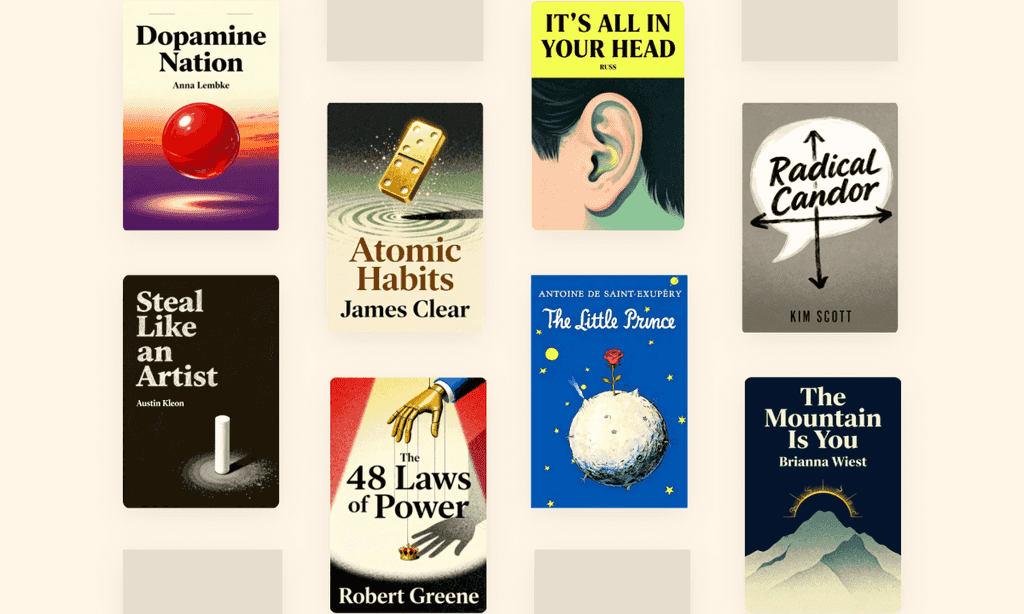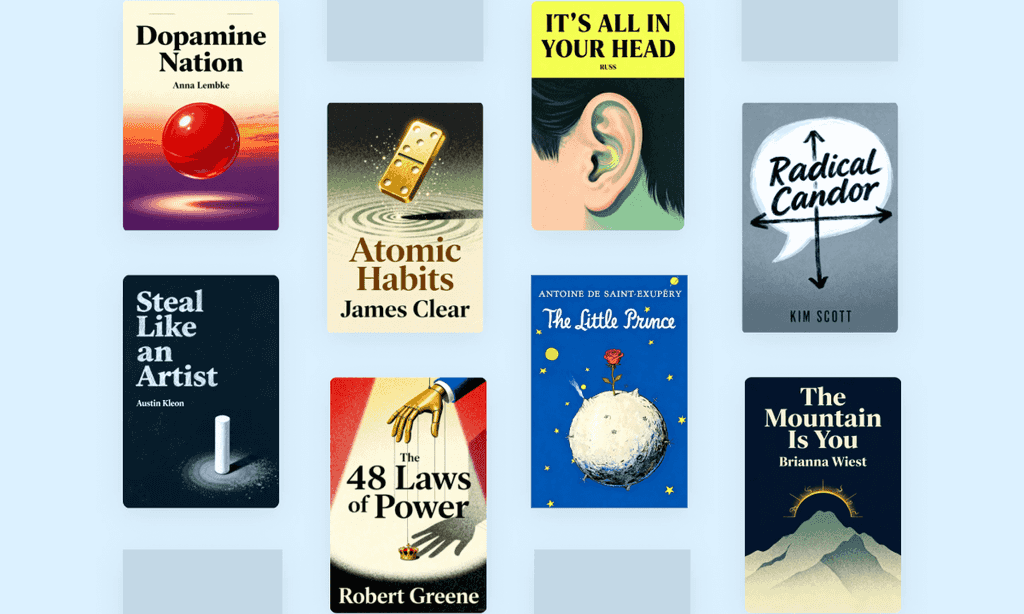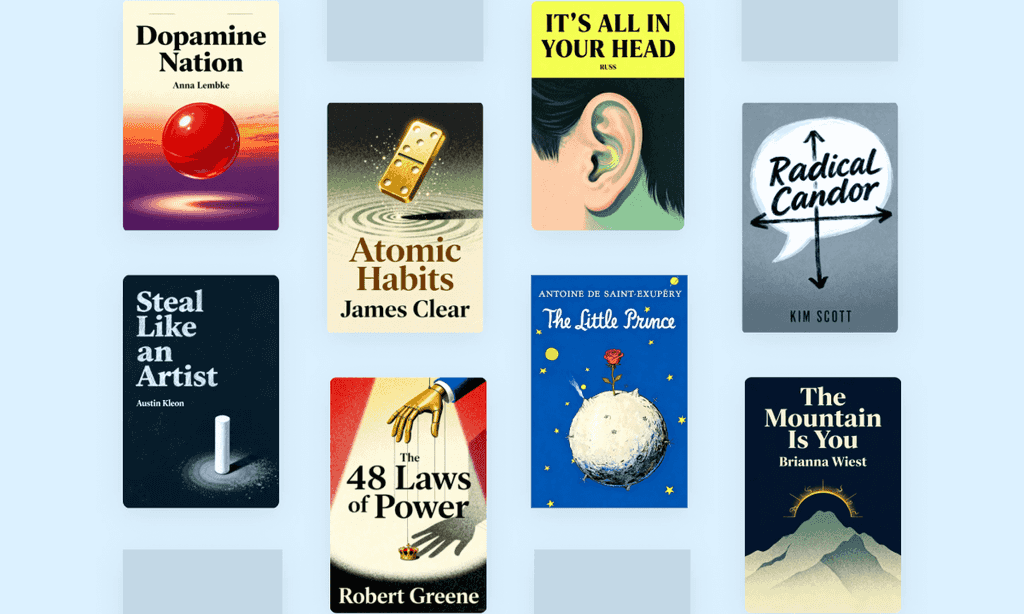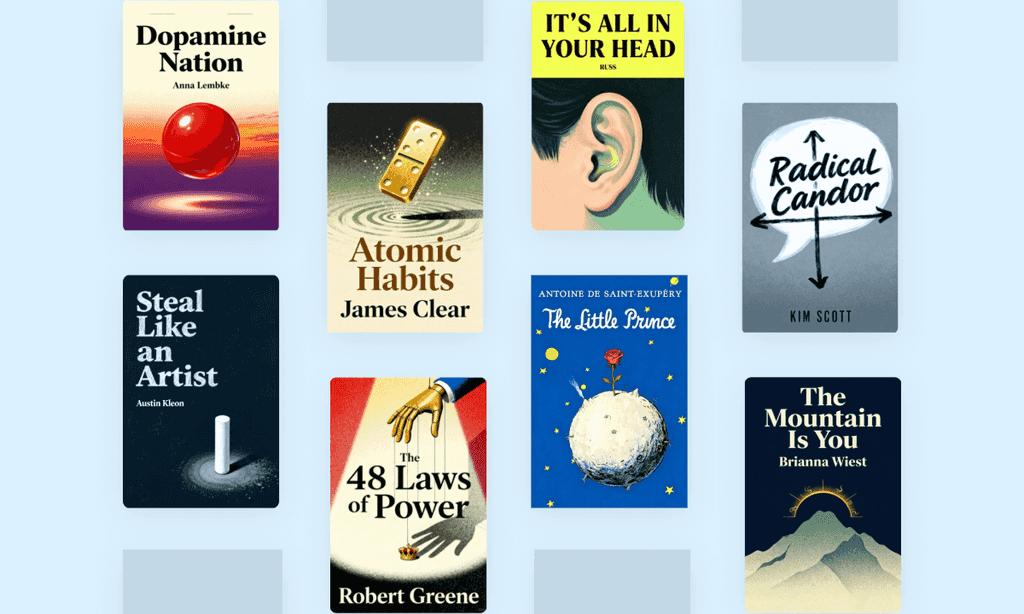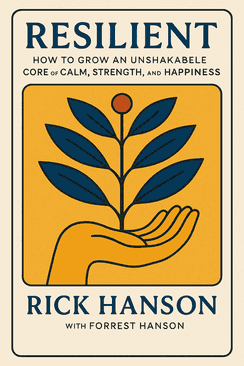
Resilient by Rick Hanson with Forrest Hanson Summary
Discover neuroscience-backed tools to build unshakable resilience from NYT bestseller Dr. Rick Hanson. Endorsed by Mark Hyman as transformative, this book reveals 12 inner strengths that combat your brain's negativity bias. What if mental toughness could be systematically developed?
About the author
Rick Hanson, Ph.D., with Forrest Hanson, is the New York Times bestselling author of Resilient and a pioneering psychologist specializing in positive neuroplasticity and mindfulness-based well-being. Blending neuroscience, psychology, and contemplative practices, their work equips readers with science-backed tools to cultivate inner strength and emotional resilience.
A senior fellow at UC Berkeley’s Greater Good Science Center, Rick has authored seven influential books, including Buddha’s Brain and Hardwiring Happiness, which have been translated into 33 languages and sold over one million copies. His co-hosted Being Well Podcast has surpassed 15 million downloads, while his free newsletters reach 260,000 subscribers globally.
Recognized for translating complex research into practical strategies, Hanson has lectured at NASA, Google, and Harvard, with media features on CBS, NPR, and the BBC. Resilient distills three decades of clinical expertise into actionable frameworks for overcoming negativity bias and nurturing lasting well-being, solidifying Hanson’s reputation as a leading authority in evidence-based personal growth.
FAQs About This Book
Resilient by Rick Hanson and Forrest Hanson provides a science-backed framework to build 12 inner strengths—including compassion, grit, gratitude, and calm—that foster resilience. Rooted in neuroscience and positive psychology, the book teaches readers to meet core needs (safety, satisfaction, connection) through actionable practices like mindfulness and emotional regulation, helping them thrive amid life’s challenges.
This book is ideal for anyone seeking practical tools to manage stress, improve mental health, or cultivate lasting well-being. It’s valuable for professionals, parents, or individuals navigating personal growth, offering evidence-based strategies for building emotional resilience and healthier relationships.
The 12 strengths are compassion, mindfulness, learning, grit, gratitude, confidence, calm, motivation, intimacy, courage, aspiration, and generosity. Each corresponds to addressing one of three core needs (safety, satisfaction, connection) through four methods: recognizing truth, building resources, self-regulation, and fostering relationships.
Rick Hanson integrates “positive neuroplasticity,” showing how small, daily positive experiences rewire the brain to overcome negativity bias. Practices like savoring gratitude or calming anxiety activate neural pathways that strengthen resilience over time.
Key exercises include:
- HEAL Technique: Highlight positive experiences, Enrich them, Absorb the feeling, Link positive and negative thoughts.
- Mindful Breathing: Regulate the nervous system during stress.
- Gratitude Journaling: Shift focus to strengths and resources.
While Atomic Habits focuses on behavior change, Resilient emphasizes internal strengths and emotional well-being. Hanson combines mindfulness and neuroscience to address root causes of stress, offering a holistic approach to resilience rather than habit formation alone.
Some readers may find the 12-strength framework overwhelming initially, requiring consistent practice for lasting results. Critics note it prioritizes individual mindset over systemic factors influencing resilience, though it acknowledges external challenges.
The book teaches techniques like grounding during anxiety spikes, reframing setbacks with grit, and fostering collaboration through generosity. These tools help professionals stay calm under pressure and build supportive work environments.
Rick Hanson is a psychologist, Senior Fellow at UC Berkeley’s Greater Good Science Center, and bestselling author of Buddha’s Brain and Hardwiring Happiness. With 40+ years in meditation research, he merges neuroscience with contemplative practices to promote well-being.
It emphasizes “relational resilience” through intimacy and generosity, teaching readers to repair conflicts, communicate empathetically, and deepen connections. These strengths help maintain fulfilling personal and professional relationships.
Yes. The book provides tools like calming the autonomic nervous system through breathwork, reframing negative thoughts with self-compassion, and building confidence via small wins—all shown to reduce anxiety long-term.
While Buddha’s Brain focuses on mindfulness neuroscience, Resilient offers a structured program for building specific strengths. It expands on Hardwiring Happiness by integrating relational strategies and real-world applications for modern stressors.
Quick Summary Mode - Read or listen to Resilient Summary in 9 Minutes
Break down key ideas from Resilient into bite-sized takeaways to understand how innovative teams create, collaborate, and grow.
Flash Card Mode - Top 8 Insights from Resilient in a Nutshell
Distill Resilient into rapid-fire memory cues that highlight Pixar’s principles of candor, teamwork, and creative resilience.

Fun Mode - Resilient Lessons Told Through 24-Min Stories
Experience Resilient through vivid storytelling that turns Pixar’s innovation lessons into moments you’ll remember and apply.
Personalize Mode - Read or listen to Resilient Summary in 0 Minutes
Ask anything, pick the voice, and co-create insights that truly resonate with you.

From Columbia University alumni built in San Francisco
See More Stories?

Get the Resilient summary as a free PDF or EPUB. Print it or read offline anytime.











